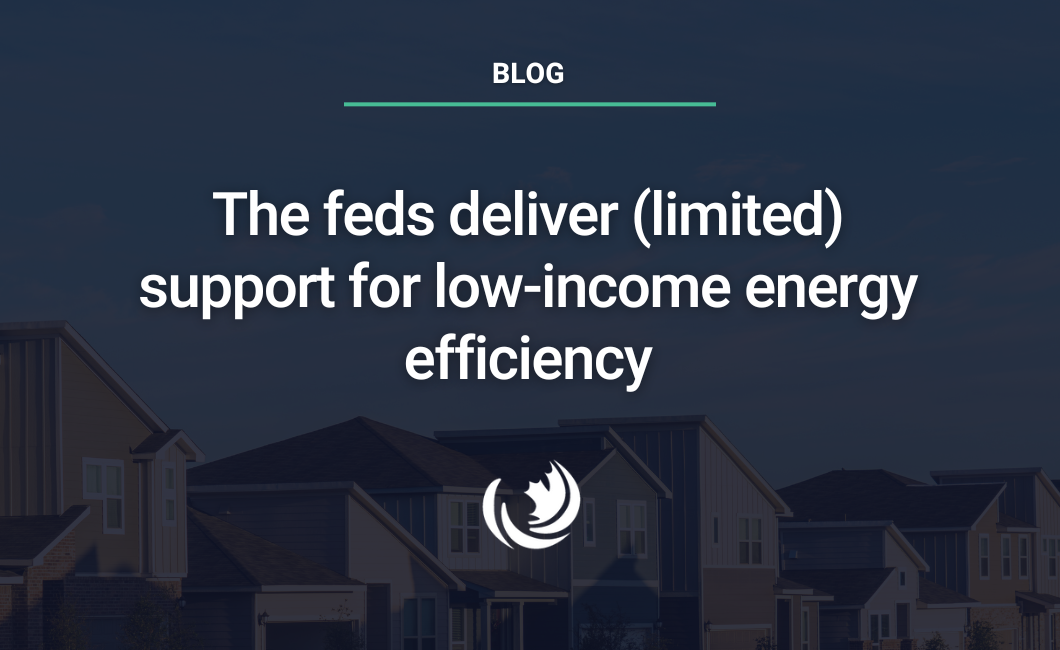
Ambitious action on the part of Canada’s sub-national governments will ensure that all stakeholders in the buildings sector — including governments, industry and the workforce — have a clear and stable regulatory path forward, one that allows them to plan for future code requirements while investing in Canada’s net-zero future.

With energy costs going up, and low-income Canadians spending more on electricity and natural gas than fuel oil, we need a low-income energy efficiency policy that targets all fuels and supports Canadians regardless of where they live.

The federal government is working on creating a Clean Electricity Regulation that will result in net zero electricity across Canada by 2035. Many in the industry are looking at how they would accomplish this goal including the Alberta Electric System Operator (AESO) who recently modelled the cost of achieving deep emission reductions in a province with some of the highest electricity emissions in the country.

New federal funding aims to address climate change and affordability, but is it sufficient?

Supported by the sector, a national model code objective has been put forward that recognizes the impact of operational and embodied carbon emissions throughout the buildings’ lifecycle. This change could open the door for building code provisions that limit or reduce emissions from building operations as well as construction materials.

New polling data shows strong national support for low-income energy efficiency. However, the federal government still has no strategy to help most low-income Canadians in need.







